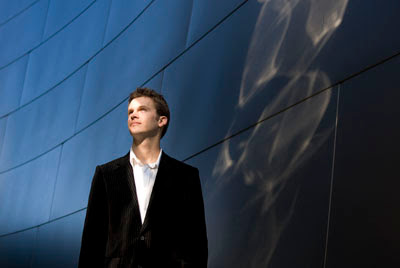
Probably one of the greatest improvements in camera technology of late is image stabilization. Some camera companies have their system in the camera, some place it in the lens itself. Either way, the concept works really well.
In the past, the rule of thumb was that the lowest shutter speed you could handhold a camera at and not have movement was the inverse of the focal length of the lens you were working with. For example, if you were shooting with a 50 mm lens, you could shoot at 1/50 second. And if you were shooting with a 100 mm lens, you would have to shoot at 1/100 or higher. The problem with that is you might have or go to a faster film (or raise the ISO setting if shooting digitally). The sacrifice you made was increased grain with film, or noise with digital.
Well, with image stabilization a little gyro inside a lens, or mechanism inside the camera figures out how much shake you are introducing into the situation and compensates. The results are impressive, sometimes allowing you to shoot at shutter speeds four stops lower than without image stabilization.
Here are some examples I shot with a Canon 24-105 ƒ4L IS USM lens. If I were shooting this handheld without image stabilization, I would probably use 1/100 or 1/125 as my shutter speed. It’s a bit hard to see online, but when I look at the example at 1/30 there is definitely some softness from camera shake. At 1/15 and 1/8, it is quite noticeable. But with image stabilization turned on, even the exposure at 1/8 sec. is tack sharp. I’ve gained full four stops! Again, the advantage here is that you would not have to raise your ISO to capture an image where the light levels are low, or you need more depth of field. That means less noise in a digital file, or grain if you are shooting film and have to go to a faster one. And that translates into better photographs.






So if you have the option in purchasing cameras or lenses with this technology, I highly recommend looking into it.







